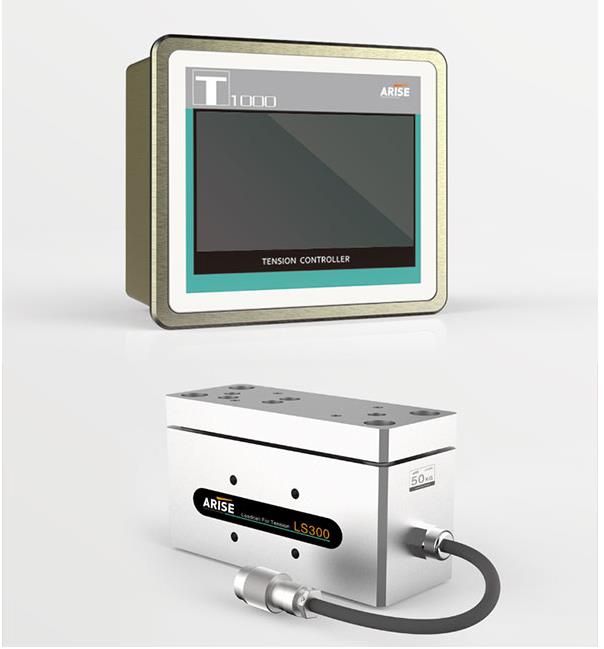Web handling, a crucial aspect of manufacturing processes, hinges on the effective management of tension throughout its various stages. Maintaining proper tension is paramount to prevent defects like wrinkles, tears, and misalignment, ensuring the integrity of the final product. This article delves into the significance of tension control in web handling and explores a range of techniques and technologies employed to achieve optimal tension levels.
Understanding Tension Control
Tension control involves regulating the force applied to a material web as it progresses through different production phases. The objective is to uphold a consistent level of tension to prevent sagging or excessive stretching, ensuring uniform speed and alignment. This uniformity is vital for processes such as printing, coating, laminating, slitting, and winding.

Techniques for Effective Tension Control
Various strategies empower manufacturers to regulate tension in web handling systems, thereby guaranteeing consistent product quality, enhanced production efficiency, and heightened equipment reliability.
Manual Tension Control:
Operators manually adjust tension using mechanical devices like brakes, clutches, or dancer rollers based on visual observations or feedback from tension indicators. This method suits straightforward web handling processes where quick tension adjustments are feasible.
Closed-Loop Tension Control:
Automated systems employ feedback from tension sensors positioned along the web path to dynamically adjust tension in real-time. This tension controller ensures precise tension regulation, regardless of material characteristics, speed variations, or environmental factors, making it suitable for complex web handling operations.

Tension Zones:
Dividing the web handling system into multiple tension zones enables independent tension control at different process stages. This setup proves advantageous for tasks requiring varying tension levels across distinct sections, such as multi-stage printing or coating operations.
Load Cells and Tension Sensors:
Load cells and tension sensors measure the force exerted on the web, furnishing data for feedback control systems to make accurate tension adjustments. They play a pivotal role in closed-loop tension control systems, facilitating precise tension monitoring and adjustment capabilities.
Inertia Compensation:
Advanced tension control systems integrate algorithms to compensate for the inertia of moving components, ensuring swift responses to changes in tension requirements. This feature is indispensable for high-speed web handling processes where rapid adjustments are necessary to maintain consistent tension levels.
Web Accumulators:
Web accumulators temporarily store excess web material during tension fluctuations, releasing or absorbing material as needed to uphold consistent tension. They are particularly useful in intermittent web handling processes or during equipment start-up, stoppage, or speed changes.
Pneumatic Tension Control:
Pneumatic tension control systems utilize air pressure to regulate tension, typically employing pneumatic brakes or clutches. This method is suitable for applications demanding precise tension regulation, such as film or foil processing.
Electromagnetic Particle Brakes and Clutches:
Electromagnetic particle brakes and clutches adjust tension by modulating the friction between rotating components, varying the strength of the magnetic field. They offer precise and responsive tension control, making them well-suited for high-precision web handling tasks like printing and laminating.
In Conclusion
Tension control stands as a critical element in web handling during manufacturing processes, profoundly impacting product quality, operational efficiency, and overall performance. By implementing effective tension control techniques and embracing cutting-edge technologies, manufacturers can elevate the performance of their web handling systems, ensuring superior outcomes and sustained competitiveness.